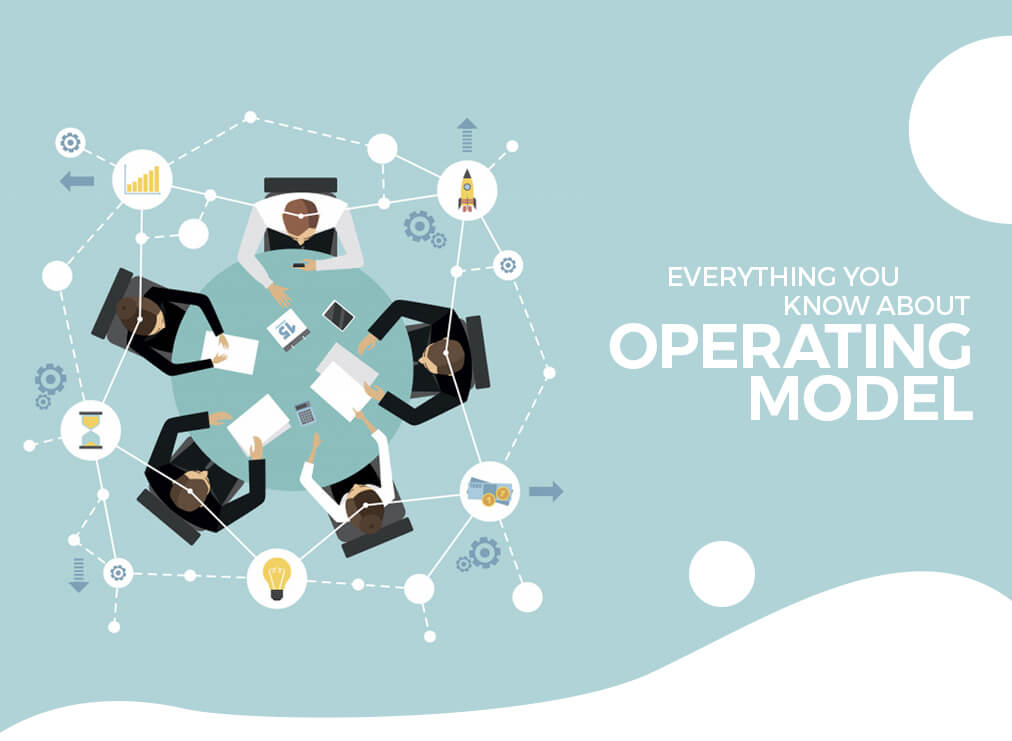Set to launch a new business? Like a ship that sails with a target destination, businesses and organizations also operate with a vision and objective in mind. Without these, firms are likely to find themselves lost and confused on what to do and where to go.
With this in mind, it’s not surprising that operating models are considered company basics. After all, these are what enable entrepreneurs to keep track of “what’s up” and “what’s next”.
Here, we have rounded up everything you need to know about an operating model. Learn about what it means, why is it important, and why you shouldn’t overlook it as you start your business by checking out our guide below. Read on to learn more.

What Is an Operating Model?
As defined by Wikipedia, an operating model refers to “both an abstract and visual representation (model) of how an organization delivers value to its customers or beneficiaries as well as how an organization actually runs itself”.
To understand what this means, it’s best to look back at our example earlier about a ship sailing towards a target destination. Before the actual trip, a captain must already identify where its ship needs to go.
Once a destination has been named, he’ll then need to determine the right routes to take, the necessary resources to use, and other important steps he needs to take to be able to get to the place he’s targeting to reach.
Abstract and Visual Model
If you’re new to the business world, knowing the ins and outs of an “operating model” is necessary to stay on top of your operations. Specifically, it is the abstract and visual model demonstrating how a company can deliver value to its customers through the use of manpower and technology.
To arrive at its objectives, a business must determine the right behaviour, workflow, IT decisions, and investment decisions it must take. As Diaxon simply put it, it is a way to turn “the ‘what’ into the 'how'".
How Will it Benefit Your Business?
Generally, all businesses share a common task: to deliver value to customers. Generally, this means they should deliver what the customer desired or what he/she had paid for.
However, since an organization is a complex system for delivering value, it will be beneficial for entrepreneurs to break this system into components and see in detail how their organizations work. That is where the role of the operational model comes into the picture.
Break Down Each Part of the Company

Specifically, each part of an organization (IT, location, supplier, management system, etc.) is to be broken down to see how each of them contributes in achieving the needs of other components.
Typically, big companies must create a series of operating models to accurately map out the necessary strategies for their whole business, while startups normally need to create only a few flowcharts.
Overall, the aim of creating operating models is to accurately lay down the steps each department “components” must take to successfully meet the needs of other parts of the business to enable a holistic approach of delivering values to customers.
The Bottom Line
Is the concept of operating models clearer to you now? Before you flip that "Open" sign and welcome customers into your commercial space, it’s best to identify first how you can implement those strategies you have in mind to achieve your business goals.
To do so, creating operating models is necessary. If you want to know more, feel free to reach out to the best IT consultancy companies in your area and ask about how they could help you with your operating models today.



















